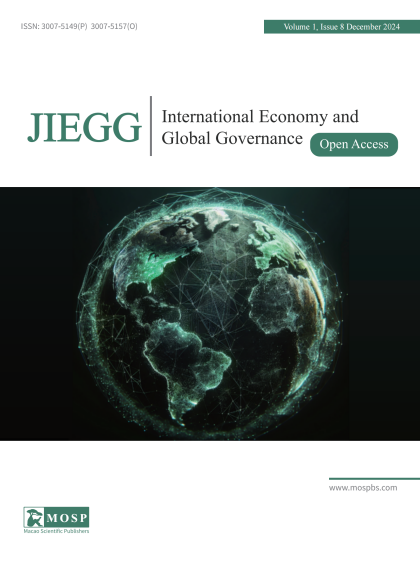Abstract
China’s image in different international development cooperation fields shows four types: Highly Recognized, Comparatively Recognized, Lowly Recognized and Not Recognized. In terms of the image differentiation, this paper points that the product attributes of the aid field and the international rules at the time of China’s entry into the field jointly affect the construction of China’s state image as a latecomer. The former determines the construction efficiency of China’s country image in its natural state through the degree of visibility and benefit, while the latter generates unnatural resistance through gravitational and clutter effects. Under the same rule resistance, a high degree of visibility and benefit in the hard domain is more conducive to China breaking through the blockade of established international rules and building a positive national image in the target country. The case study results show that the theoretical framework does have some explanatory power, as the low visibility and profitability of national governance policy concepts, coupled with the strong exclusion of China from Western-style democratic governance, makes overseas countries disapprove China in governance. The “strong visibility” and “strong benefits” of infrastructure projects, coupled with freedom from the pernicious interference of closed international rules, have led to strong recognition of China’s cooperative behaviour in this area.
Keywords: China’s Image, International Development Cooperation, Image Differentiation, Product Attributes, International Rules
Download the full text PDF for viewing and using it according to the license of this paper.

